Name Or Service Not Known Docker
Introduction:
Docker has become an essential tool in the world of software development and deployment, offering a powerful platform for creating, testing, and distributing applications. With its ability to simplify and accelerate the deployment process, Docker has quickly gained popularity among developers and system administrators. In this article, we will explore the key features, benefits, architecture, and use cases of Docker. Additionally, we will delve into some common errors, such as “socket gaierror errno name or service not known docker,” “uvicorn name or service not known,” and others, providing troubleshooting techniques and best practices.
Overview of Docker:
Docker is an open-source platform that allows developers to build, package, and distribute applications as lightweight, portable containers. Unlike traditional virtualization, where each application requires a separate operating system, Docker containers share the host system’s kernel, making them significantly more lightweight and efficient.
Key Features of Docker:
1. Containerization: Docker allows applications and their dependencies to be packaged as self-contained units called containers, providing consistency and reproducibility across different environments.
2. Portability: Containers created with Docker can be run on any host system, regardless of the underlying infrastructure, making it easier to deploy applications across various environments, from development to production.
3. Scalability: Docker enables effortless scaling of applications by spinning up or down containers based on demand. This ensures optimal resource utilization and efficient performance.
4. Versioning and Rollbacks: Docker allows the versioning of container images, making it easy to revert to a previous version in case of issues or bugs during deployment.
Benefits of Using Docker:
1. Faster Deployment: Docker’s containerization approach significantly reduces deployment time, enabling developers to deliver applications faster.
2. Isolation and Security: Containers provide process isolation, ensuring that applications run independently without interfering with others. Docker also incorporates security features to protect containers and their data.
3. Resource Efficiency: Docker maximizes resource usage since containers leverage the host system’s kernel, eliminating the need for additional operating systems for each application.
4. Collaboration: Docker allows seamless collaboration among developers, enabling them to share containerized applications and work on different components simultaneously.
Comparison with Traditional Virtualization:
Traditional virtualization involves running multiple virtual machines (VMs) on a single physical server. Each VM requires a complete operating system, leading to higher resource consumption compared to Docker. Additionally, starting and managing VMs can be time-consuming. On the other hand, Docker containers are lightweight, utilize fewer resources, and offer faster startup times.
Docker Architecture and Components:
Docker follows a client-server architecture, consisting of the Docker client, Docker daemon, and Docker registry. The client communicates with the daemon, which manages and builds containers. The registry stores container images, acting as a centralized repository.
Getting Started with Docker:
1. Install Docker: Visit the official Docker website (docker.com) and follow the installation instructions for your specific operating system.
2. Docker CLI: Familiarize yourself with the Docker command-line interface (CLI) to run, build, and manage containers.
Docker Commands and Basic Operations:
1. Building an Image: Use the `docker build` command to create an image based on a Dockerfile, which specifies the application’s configuration.
2. Running a Container: Execute the `docker run` command with the appropriate options to start a container from an image.
3. Interacting with Containers: Use `docker exec` to run commands inside a running container, `docker stop` to halt a container, and `docker start` to resume a stopped container.
4. Image and Container Management: Employ commands like `docker images` to list available images, `docker ps` to view running containers, and `docker rm` to remove a container.
Best Practices for Using Docker:
1. Maintain Docker Images: Regularly update and optimize Docker images to ensure they contain only necessary dependencies.
2. Use Network Bridging: Utilize Docker’s network bridging functionality to enable communication between containers and the host system.
3. Implement Security Measures: Apply best practices such as isolation, restricting container privileges, and regular security patches to safeguard containers.
Common Use Cases and Examples of Docker Implementation:
1. Microservices Architecture: Docker is ideal for deploying microservices due to its lightweight and efficient containerization approach.
2. Continuous Integration and Deployment: Docker can be integrated into CI/CD pipelines to automate the build, testing, and deployment processes.
3. Development Environments: Developers can create consistent development environments using Docker, ensuring that all team members work in identical setups.
FAQs:
1. What is the “socket gaierror errno name or service not known docker” error?
– This error typically suggests a DNS resolution problem, possibly due to incorrect configuration in your Docker networking setup. Verify your DNS settings and consider restarting Docker services.
2. How to troubleshoot the “uvicorn name or service not known” error?
– Ensure the hostname or service you are trying to reach is correct and accessible from the container. Check network connectivity, DNS configurations, and firewall settings.
3. What does the “nc getaddrinfo for host db port 5432 name or service not known” error indicate?
– This error commonly occurs when the hostname or service specified for the database connection is not resolvable. Verify the correct hostname and port, and ensure the database service is running.
4. How to resolve the “name does not resolve docker” error?
– This error is typically caused by the inability to resolve a hostname. Check your DNS settings, ensure the hostname is correct, and verify network connectivity.
5. What can be done to fix the “psycopg2 could not translate host name to address: name or service not known” error?
– This error is specific to PostgreSQL connections. Double-check the host name, port, and database credentials, ensuring they are correctly configured in your application’s connection settings.
6. How to address the “docker ssh: could not resolve hostname” error?
– This error suggests an issue with hostname resolution. Ensure the hostname is correct and can be resolved by your system’s DNS. Consider restarting the Docker daemon as well.
7. How does Docker handle internal networking between containers?
– Docker provides an internal network, allowing seamless communication between containers. Containers can be connected to the same network to facilitate data exchange.
8. What could cause the “system.net.http.httprequestexception: name or service not knownname or service not known docker” error?
– This error commonly occurs when a networking-related issue prevents the resolution of a hostname or service. Verify network configurations, DNS settings, and provide the correct hostname or service.
Conclusion:
Docker has revolutionized the way applications are deployed, offering developers and system administrators an efficient and scalable platform for building and distributing containers. By understanding Docker’s core features, architecture, and best practices, developers can fully leverage the benefits it provides. Additionally, being equipped with troubleshooting techniques helps address common errors such as “socket gaierror errno name or service not known docker,” “uvicorn name or service not known,” and others, ensuring a smooth and uninterrupted Docker experience.
How To Resolve Issue – Ping : Google.Com: Name Or Service Not Known #Centos #Oraclevirtualbox
How To Get All Docker Names?
Introduction:
Docker is an open-source platform that allows you to automate the deployment, scaling, and management of applications using containerization. Containers are lightweight, isolated environments that contain everything needed to run an application, making them portable and efficient. In Docker, each container is given a unique name, allowing for easy identification and management. In this article, we will take a closer look at how to retrieve all Docker names, enabling you to efficiently manage your Docker containers.
Retrieving All Docker Names:
Before we dive into the different methods of obtaining all Docker names, it is important to note that Docker itself provides various CLI commands and APIs that allow you to interact with the Docker engine. These commands and APIs provide ways to manage containers, such as starting, stopping, creating, and deleting them. When it comes to retrieving all Docker names, we will explore three different approaches: using the Docker CLI, querying the Docker API, and using Docker SDKs.
Method 1: Using the Docker CLI:
1. Open your terminal or command prompt.
2. Ensure that Docker is installed and running on your machine.
3. Execute the following command:
“`
docker ps –format “{{.Names}}”
“`
This command lists all currently running containers and extracts only their names using the `–format` flag.
4. Alternatively, you can use the following command to list all containers, including the stopped ones:
“`
docker ps -a –format “{{.Names}}”
“`
This command includes the `-a` flag to display all containers, including the stopped ones.
Method 2: Querying the Docker API:
1. Ensure that Docker is installed and running.
2. Open your preferred programming language and make an HTTP GET request to the Docker API endpoint:
“`
GET /containers/json?all=true
“`
This API request fetches a JSON response containing information about all available containers, including their names.
3. Parse the JSON response to extract the container names according to your programming language’s JSON parsing capabilities.
Method 3: Using Docker SDKs:
1. Select the programming language of your choice and install the respective Docker SDK. Docker supports a wide range of programming languages, such as Python, Java, Go, and JavaScript.
2. Import the Docker SDK library into your project.
3. Use the SDK’s provided functions or methods to retrieve the list of all container names. Consult the SDK documentation for the specific syntax and usage guidelines.
FAQs:
Q1. Can I retrieve only the names of containers that are currently running?
A1. Yes, you can use the `docker ps` command without any additional flags or use the Docker API request without the `?all=true` parameter to only fetch the running containers’ names.
Q2. How can I filter the Docker names based on specific criteria?
A2. Both the Docker CLI and APIs offer filters to query containers based on various criteria, including name, label, ID, etc. Refer to the Docker documentation for precise details on how to utilize these filters effectively.
Q3. What if I need to retrieve the names of containers running on remote machines?
A3. The Docker CLI provides a way to connect to remote Docker engines using the `DOCKER_HOST` environment variable. However, the Docker API and SDKs can be more flexible for remote container management.
Q4. Is it possible to retrieve the names of containers with a specific label?
A4. Yes, the `docker ps` command and Docker API offer a `–filter` flag and parameter, respectively, to specify label-based filters for container retrieval.
Q5. Can I sort the retrieved names of Docker containers?
A5. Yes, both the Docker CLI and Docker API support sorting the container names based on various attributes, such as name, creation time, image, etc.
Conclusion:
In this article, we explored three different methods to retrieve all Docker names: using the Docker CLI, querying the Docker API, and utilizing Docker SDKs. These methods offer flexibility based on your specific requirements and the programming language you prefer to work with. Regardless of the method you choose, being able to retrieve all Docker names empowers you to manage your containers more efficiently and effectively. Invest some time in mastering these techniques, and you’ll be able to confidently navigate through your Docker infrastructure, making the most of containerization technologies.
How To Fix Docker Errors?
Docker has become a popular tool among software developers and IT professionals due to its ability to simplify the deployment and management of applications. However, like any technology, Docker can encounter errors that can hinder its functionality. In this article, we will explore some common Docker errors and provide solutions to fix them.
1. Docker daemon is not running:
This error message indicates that the Docker daemon is not running or has encountered an issue. To fix this, you can try the following steps:
– Check if the Docker daemon service is running using the command: “sudo systemctl status docker”.
– If the service is not running, start it using: “sudo systemctl start docker”.
– If the issue persists, restart Docker using: “sudo systemctl restart docker”.
2. Container fails to start:
Sometimes, when attempting to start a container, Docker may fail to do so with an error message. Here are some potential solutions:
– Check if the container image exists by using the command: “docker image ls”.
– Ensure that the container image is correctly specified, including the correct image name and tag.
– If the container image is non-existent, download it using: “docker pull image_name”.
– Confirm that the Docker daemon has sufficient resources to start the container, such as CPU and memory.
3. Docker network issues:
Docker containers rely on networks to communicate with each other. Network issues can cause errors such as containers being unable to reach each other. To address this, follow these steps:
– Verify the existence of the network by using the command: “docker network ls”.
– If the network is missing, create it using: “docker network create network_name”.
– Ensure that the containers are connected to the correct network by verifying their network settings using: “docker inspect container_name”.
4. Permission denied:
Docker commands sometimes fail with a “permission denied” error message, typically due to insufficient privileges. To resolve this, consider the following:
– Make sure that the user running Docker commands is part of the “docker” group. Add the user to the group using: “sudo usermod -aG docker username” and then log out and log back in.
– If running Docker commands with sudo, ensure that the entire command is prefixed with “sudo” to avoid permission issues.
5. Docker container running out of space:
Docker containers consume disk space as applications run. If a container runs out of space, it can cause errors. Here’s how to mitigate this:
– Identify the container consuming excessive space using the command: “docker ps -s”.
– Prune unnecessary containers and images using: “docker system prune -a” or “docker image prune”.
– If needed, increase the available disk space allocated to Docker.
FAQs about Docker Errors:
Q1. Why am I unable to pull Docker images?
A: If you are unable to pull Docker images, ensure that you have an active internet connection and that the Docker daemon is running properly.
Q2. How can I check if a container is running or not?
A: You can check if a container is running using the command: “docker ps -a”. The “-a” flag shows all containers, both running and stopped.
Q3. How to remove all Docker containers?
A: To remove all Docker containers, use the command: “docker rm $(docker ps -aq)”.
Q4. What should I do if Docker pulls an incorrect or corrupt image?
A: If Docker pulls an incorrect or corrupt image, remove it using: “docker rmi image_name”, and then pull the correct image using: “docker pull image_name”.
Q5. How can I troubleshoot more complex Docker errors?
A: If you encounter complex Docker errors, visit the official Docker documentation and forums, as well as relevant online communities, for detailed troubleshooting steps. Docker’s official documentation often provides valuable insights and solutions to various issues.
In conclusion, Docker errors can occur for numerous reasons, but many can be resolved with the above solutions. By troubleshooting and understanding these common issues, Docker users can maintain smooth operations and maximize the benefits of this powerful tool.
Keywords searched by users: name or service not known docker socket gaierror errno name or service not known docker, uvicorn name or service not known, nc getaddrinfo for host db port 5432 name or service not known, name does not resolve docker, psycopg2 could not translate host name to address: name or service not known, docker ssh: could not resolve hostname, docker internal network, system.net.http.httprequestexception: name or service not known
Categories: Top 26 Name Or Service Not Known Docker
See more here: nhanvietluanvan.com
Socket Gaierror Errno Name Or Service Not Known Docker
Docker has quickly become a go-to choice for many developers and organizations due to its ability to create lightweight, isolated containers. These containers package an application and its dependencies into a single unit, making it easier to deploy and manage applications across different environments.
However, working with networking in Docker containers can sometimes present challenges. The socket gaierror errno name or service not known is one such challenge that developers may encounter. Let’s delve deeper into this error message, its causes, and possible solutions.
Causes of the Socket gaierror errno name or service not known Error in Docker:
1. Networking Configuration: One common cause of this error is a misconfiguration in the networking settings of the Docker container. It could be an incorrect hostname, missing DNS entries, or issues with the container’s networking stack.
2. Unreachable Host or Service: If the hostname or service that the container is trying to reach is not reachable or does not exist, the error will occur. It could be due to a typo in the hostname, DNS resolution problems, or a misconfigured network.
3. Firewall or Security Restrictions: If a firewall or security settings block the connections from the Docker container to the desired host or service, the socket gaierror errno name or service not known error may arise. Confirm that there are no restrictions in place that prevent the container from accessing the intended resource.
How to Resolve the Socket gaierror errno name or service not known Error in Docker:
Here are some steps you can follow to troubleshoot and resolve this error:
1. Check Networking Configuration: Review the networking settings of your Docker container. Ensure that the hostname or service you are trying to reach is correctly specified. Verify the container’s DNS resolution by pinging external hosts from within the container. If the DNS resolution fails, consider configuring the container’s DNS settings or using a different DNS resolver.
2. DNS Issues: If you suspect DNS issues, verify that the hostname you are trying to reach can be resolved from the Docker host. You can use tools like `nslookup` or `dig` to perform DNS lookups. If DNS resolution fails, consider checking your DNS server configurations or using an alternate DNS server.
3. Validate Host Reachability: Confirm whether the host or service you are trying to connect to is reachable from the Docker container. Use tools like `ping` or `telnet` to check the connectivity. If the host is unreachable, check if there are any network configurations, firewalls, or security groups that may be blocking access.
4. Container Networking Modes: Docker offers different networking modes, such as bridge, host, and overlay networks. Ensure that you are using the appropriate networking mode for your use case. For example, if you want the container to use the host’s network stack, choose the host mode. If you want to expose specific ports or services, consider configuring port mapping or using the bridge mode.
5. Firewall and Security: Examine your firewall or security settings, both on the Docker host and the destination host or service your container is trying to reach. Ensure that the required ports are open and any necessary network rules are in place to allow the communication.
Frequently Asked Questions (FAQs):
Q1. Can the socket gaierror errno name or service not known error occur while connecting to external resources?
A1. Yes, this error can occur when a Docker container tries to connect to external resources, such as external APIs or remote databases. Ensure that the container has proper network connectivity and that the required services are reachable.
Q2. Is this error related to Docker networking only, or can it occur in other contexts?
A2. While this error is commonly encountered in the context of Docker networking, it can also occur in other scenarios where programs or processes attempt to connect to unreachable or non-existent hosts or services.
Q3. How can I debug the socket gaierror errno name or service not known error?
A3. Start by checking the network configuration, DNS resolution, and host reachability. Use tools like `ping`, `nslookup`, `telnet`, or `dig` to gather more information on the connectivity between the Docker container and the desired host or service. Analyze logs and error messages for further insights.
Q4. Are there any known limitations or issues in Docker that can trigger this error?
A4. Docker networking can be complex, and occasional issues or misconfigurations may arise. Upgrading Docker to the latest version, along with regularly updating containers and dependencies, can help mitigate and avoid potential problems.
Q5. Can I resolve the socket gaierror errno name or service not known error by restarting Docker?
A5. While restarting Docker may occasionally resolve certain networking-related issues, it’s recommended to first investigate and address the root cause of the error. Simply restarting Docker without making necessary configuration changes might not solve the problem.
In conclusion, the socket gaierror errno name or service not known error in Docker occurs when a container fails to connect to a hostname or service. By ensuring correct networking configurations, validating host reachability, and checking DNS resolutions, developers can troubleshoot and resolve this error. Understanding the causes and taking the appropriate steps will allow seamless networking within Docker containers, enhancing the overall functionality and efficiency of the applications hosted within them.
Uvicorn Name Or Service Not Known
In the realm of web development and server applications, one name that may seem unfamiliar to the English-speaking world is Uvicorn. So, what exactly is Uvicorn? Why is it gaining attention among developers and tech enthusiasts? Let’s dive deep into this topic and shed some light on this intriguing service.
Uvicorn is an asynchronous server that allows developers to effortlessly run Python web applications. The name itself is a clever play on the words “unicorn” and “UV loop,” highlighting its underlying technology, which uses the UV loop or libuv library to enable high-performance, non-blocking I/O operations.
Developed by the talented team at Encode, Uvicorn is an open-source project offering a lightweight, fast, and scalable framework for deploying Python applications with ease. With its ability to handle thousands of simultaneous connections efficiently, it has gained popularity among developers seeking a reliable solution for their web application deployment needs.
With the rise of asynchronous programming paradigms, Uvicorn fits seamlessly into this environment. It supports a range of Python frameworks, including FastAPI, Starlette, and Flask, making it a versatile choice for developers working with different frameworks. Its compatibility with these frameworks allows developers to leverage the powerful features they offer while benefiting from Uvicorn’s high-performance capabilities.
One of the standout features of Uvicorn is its deployment simplicity. Developers can deploy their Python web applications effortlessly using Uvicorn, enhancing their productivity and saving valuable time. Uvicorn also supports HTTP/2 and WebSockets, enabling real-time communication between clients and servers.
With Uvicorn’s impressive performance and compatibility, it is no wonder that developers are taking notice of this exceptional tool. Its lightweight nature ensures it doesn’t consume excessive server resources, resulting in a faster and more efficient application execution. The ability to handle a considerable number of simultaneous connections sets Uvicorn apart from other server options available today.
Furthermore, Uvicorn boasts easy integration with popular deployment tools such as Docker, Kubernetes, and Heroku. This makes it an attractive choice for developers looking to streamline their deployment processes and maintain scalability as their applications grow.
Now, let’s address some frequently asked questions about Uvicorn:
Q: Is Uvicorn suitable for large-scale applications?
A: Absolutely! Uvicorn’s ability to handle numerous simultaneous connections, combined with its compatibility with popular Python frameworks, allows developers to build and deploy large-scale applications efficiently.
Q: Does Uvicorn support SSL/TLS encryption?
A: Yes, Uvicorn supports SSL/TLS encryption, ensuring secure communication between clients and servers.
Q: Can I deploy Uvicorn on cloud platforms?
A: Yes, Uvicorn can be easily deployed on various cloud platforms such as AWS, Google Cloud, and Azure, making it a flexible choice for developers working in cloud environments.
Q: How does Uvicorn compare to other Python servers like Gunicorn?
A: While Gunicorn is a popular choice for deploying Python web applications, Uvicorn offers better performance and scalability due to its asynchronous nature, making it ideal for applications with high traffic.
Q: Is Uvicorn suitable for beginners or developers new to Python?
A: Uvicorn might be more suited for developers with some experience in Python and web development. However, with its user-friendly deployment process and excellent documentation, newcomers can also benefit from using Uvicorn.
In conclusion, Uvicorn is a remarkable server that has gained recognition in the world of Python web application development. With its asynchronous capabilities, compatibility with popular frameworks, and efficient deployment options, Uvicorn offers developers an excellent tool to streamline their development processes and deliver high-performance applications. Whether you’re a seasoned developer or a newbie exploring Python web development, Uvicorn is worth considering for your next project.
Nc Getaddrinfo For Host Db Port 5432 Name Or Service Not Known
Introduction (100 words):
When using the `nc` command-line tool for network communication, encountering the error “nc: getaddrinfo: Name or service not known” can be frustrating. This article will delve into the details of this error message, explaining the underlying issue, possible causes, and potential solutions. By understanding the root cause of this error, users can troubleshoot and resolve the issue effectively, ensuring seamless network communication.
—
Understanding “nc: getaddrinfo: Name or service not known” Error (600 words):
1. Overview of the Error:
The error message “nc: getaddrinfo: Name or service not known” in the `nc` command typically indicates a failure of the tool to resolve the provided hostname or service. This means that the command cannot find the specified host database (DB) or connect to the designated port, which is most commonly 5432 for PostgreSQL.
2. Possible Causes:
– Invalid Host or Domain: The provided hostname or domain could be incorrect, misspelled, or nonexistent, leading to the error.
– DNS Resolution Failure: The Domain Name System (DNS) lookup may have failed due to network issues, incorrect DNS configuration, or unavailability of the target host.
– Service Unreachable: The specified service may be down, not listening on the chosen port (5432), or firewalled.
– Incorrect Port Number: Mistakenly referencing an incorrect port number could result in the error.
– Restricted Access: Firewall rules, network restrictions, or blocked ports can cause the command to fail.
3. Troubleshooting:
Here are some steps you can take to resolve the “nc: getaddrinfo: Name or service not known” error:
a. Verify Host and Domain: Double-check that the hostname or domain you entered is accurate and exists.
b. Check DNS Resolution: Confirm that DNS resolution is functioning correctly by verifying your network settings and performing DNS tests.
c. Confirm Service Availability: Ensure that the intended service (such as PostgreSQL) is running on the target host and listening on the correct port (5432).
d. Test with IP Address: Instead of the hostname or domain, try using the IP address of the target host to identify and bypass any lookup or DNS issues.
e. Validate Firewall and Security Settings: Examine your firewall and security configurations to ensure they are not blocking the desired network connection.
f. Consult System Logs: Analyze system logs or other error-capturing mechanisms to gain further insights into the underlying issue.
4. Best Practices to Avoid the Error:
To minimize encountering the “nc: getaddrinfo: Name or service not known” error in the future, consider these best practices:
a. Use FQDN (Fully Qualified Domain Name): Employ fully qualified domain names instead of short hostnames to avoid confusion and improve resolution accuracy.
b. Keep DNS Configuration Up to Date: Regularly review and update your DNS configurations, ensuring accurate entries for hostnames and domain names.
c. Use IP Whitelisting: Implement IP whitelisting to allow specific IP addresses or ranges access to services, ensuring a controlled environment.
d. Configure Reliable Network Infrastructure: Maintain a stable network infrastructure with properly configured routers, switches, and DNS servers to minimize connection issues.
e. Regularly Monitor and Test Services: Periodically verify the availability and functionality of services by running tests or using monitoring tools to address potential issues proactively.
—
FAQs (312 words):
Q1. What is the purpose of the `nc` command?
The `nc` command is a powerful tool used to establish network connections, read from or write to network connections, and perform various network-related tasks.
Q2. Can the “nc: getaddrinfo: Name or service not known” error occur with any other command?
No, this specific error is associated with the `nc` command and indicates a failure in host resolution or service accessibility specific to this tool.
Q3. Are there any alternatives to the `nc` command for network communication?
Yes, alternatives like `telnet`, `ncat`, and other network tools can perform similar functions. However, they may have different error messages or command syntax.
Q4. How can I find the correct hostname or IP address?
To find the correct hostname or IP address, you can use network configuration utilities like `ipconfig` (Windows), `ifconfig` (Unix/Linux), or check the documentation of the service you intend to connect to.
Q5. What should I do if the error persists even after following the troubleshooting steps?
If the error persists, consider verifying your network connectivity, seeking assistance from network admins, or consulting relevant forums and communities where experts can provide tailored solutions.
—
Conclusion (100 words):
The “nc: getaddrinfo: Name or service not known” error in the `nc` command signifies a failure to resolve the specified host or service. By understanding the possible causes and following the troubleshooting steps outlined in this article, users can effectively troubleshoot and resolve this error, ensuring uninterrupted network communication. By adopting recommended practices, such as using fully qualified domain names and validating network infrastructure, users can minimize the occurrence of this error in the future.
Images related to the topic name or service not known docker
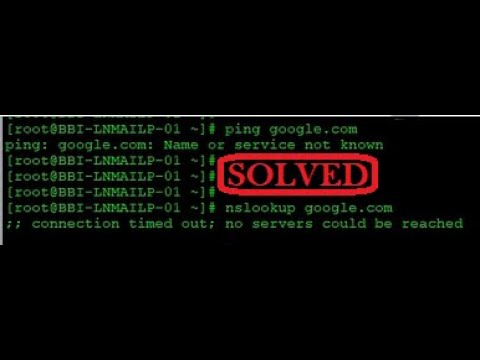
Found 22 images related to name or service not known docker theme
![mysql - SQLSTATE[HY000] [2002] php_network_getaddresses: getaddrinfo failed: Name or service not known - Stack Overflow Mysql - Sqlstate[Hy000] [2002] Php_Network_Getaddresses: Getaddrinfo Failed: Name Or Service Not Known - Stack Overflow](https://i.stack.imgur.com/siQAW.png)

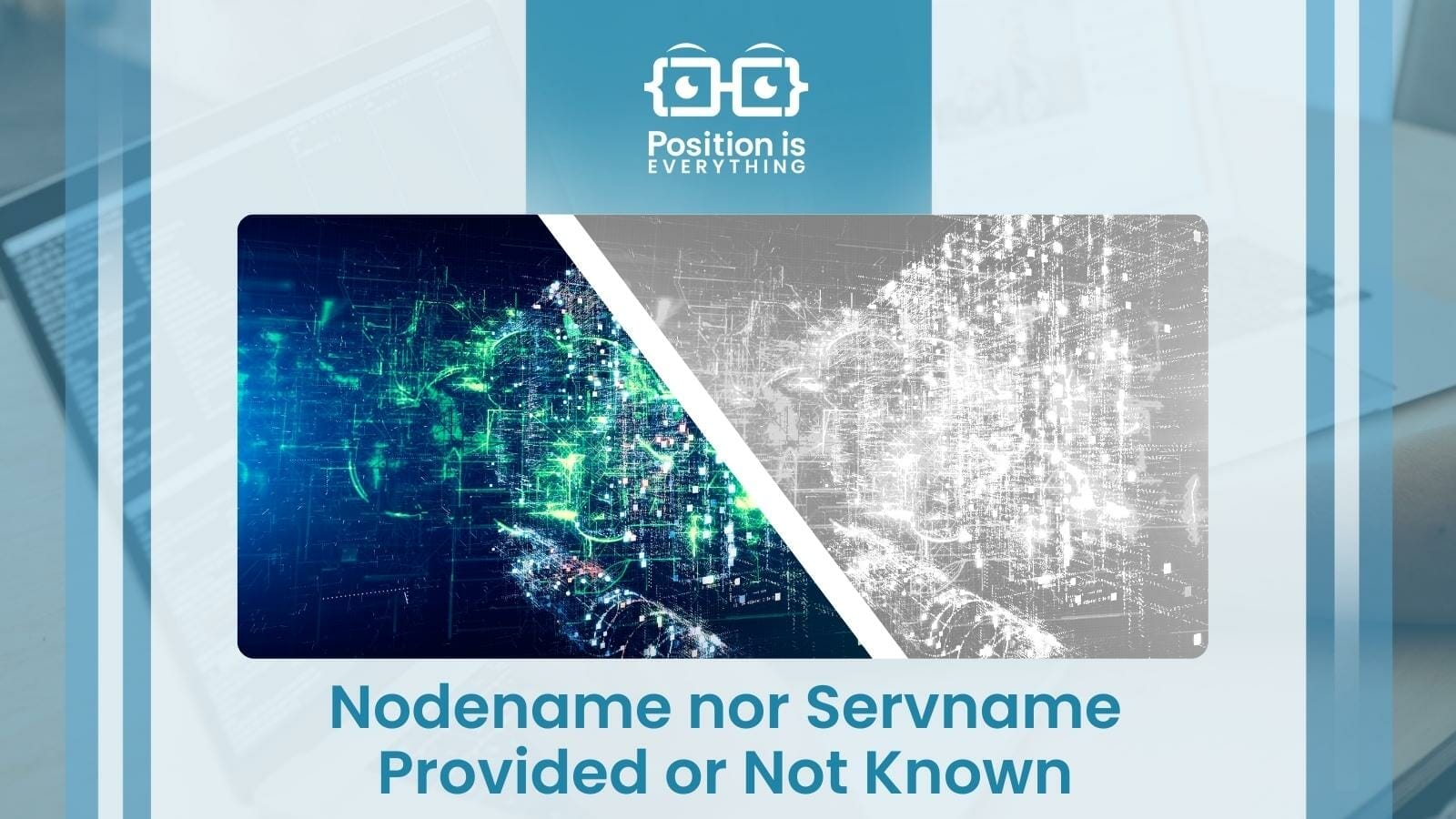
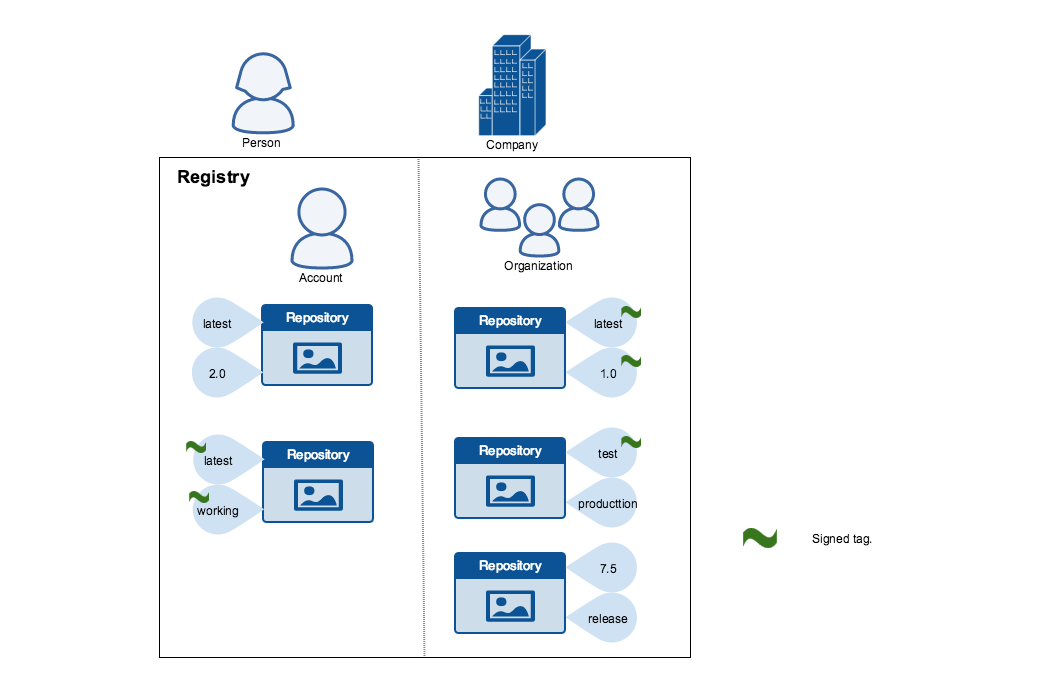



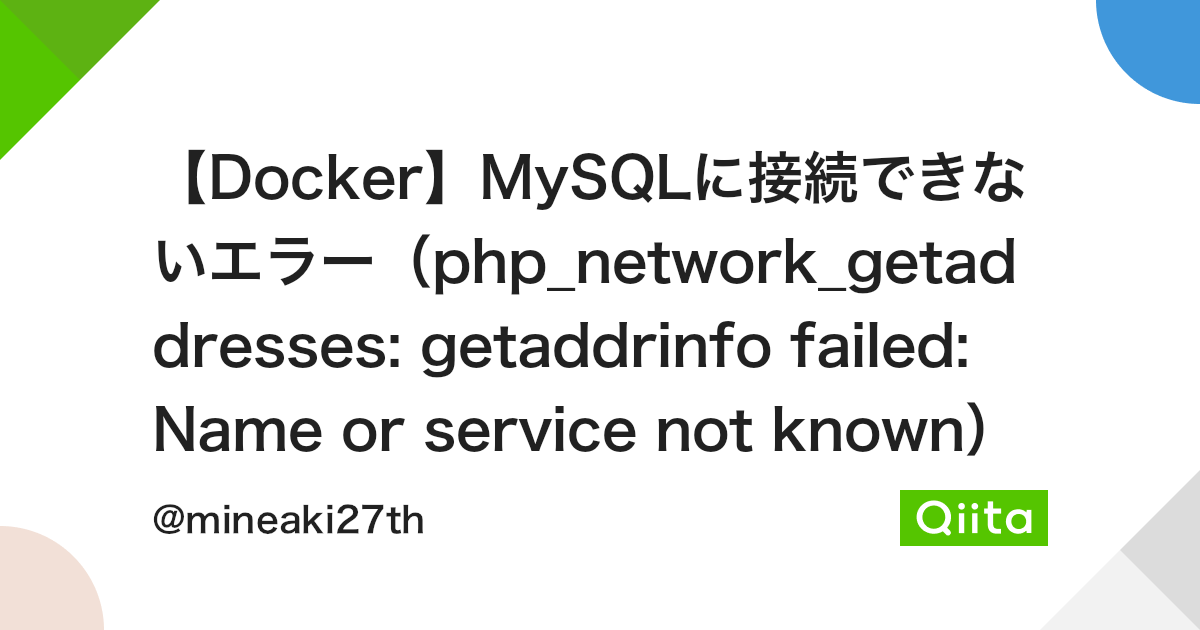
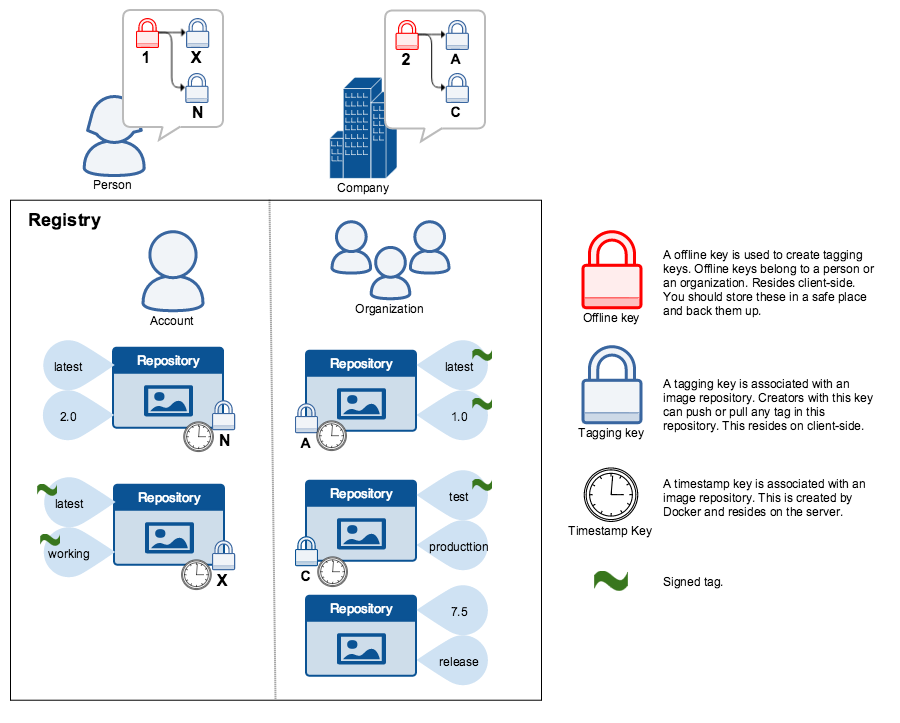
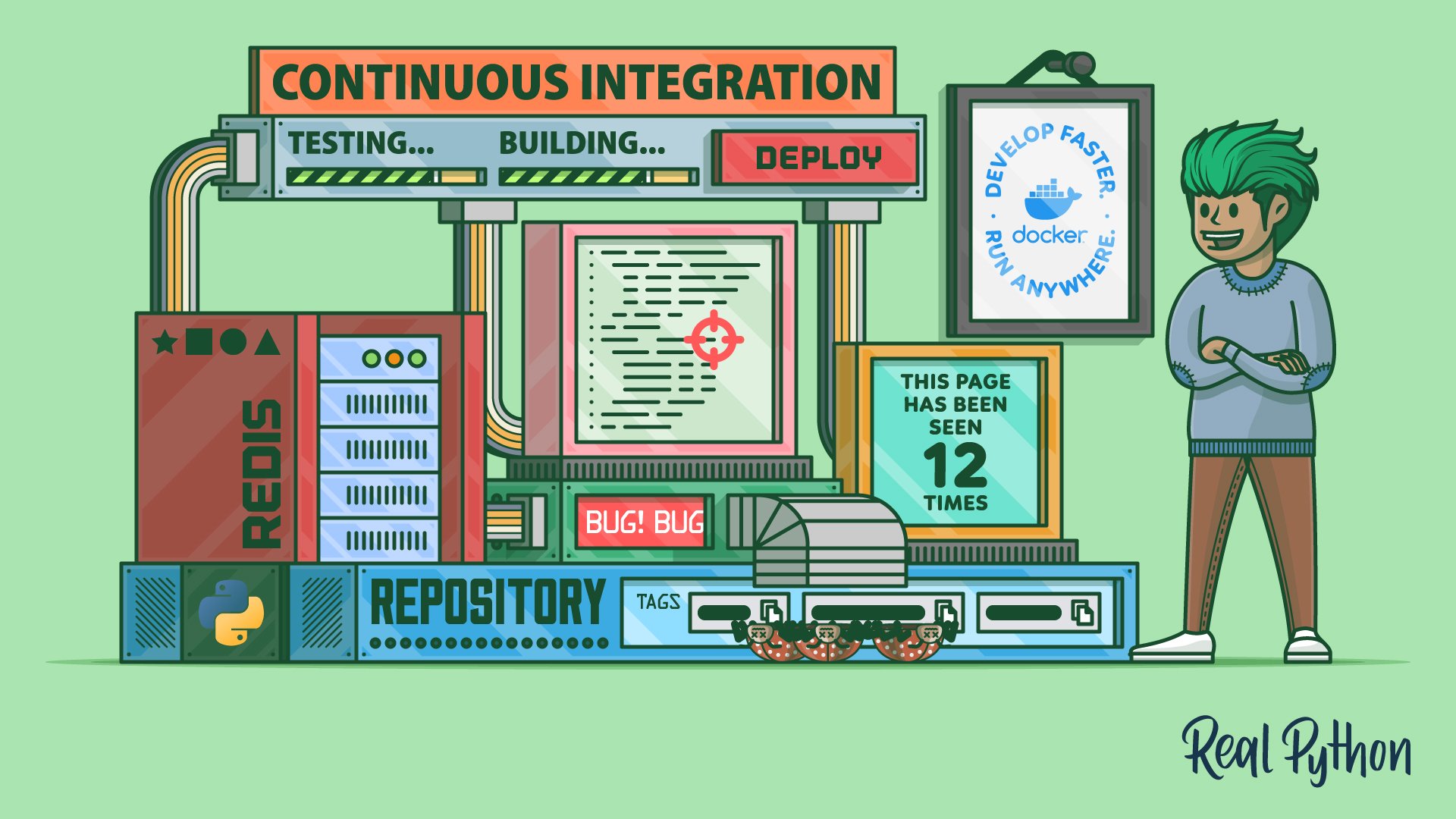
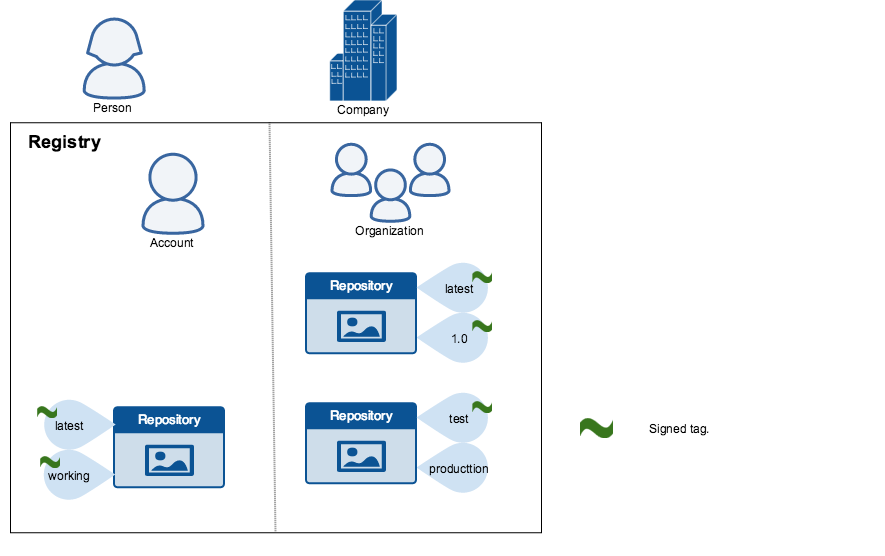
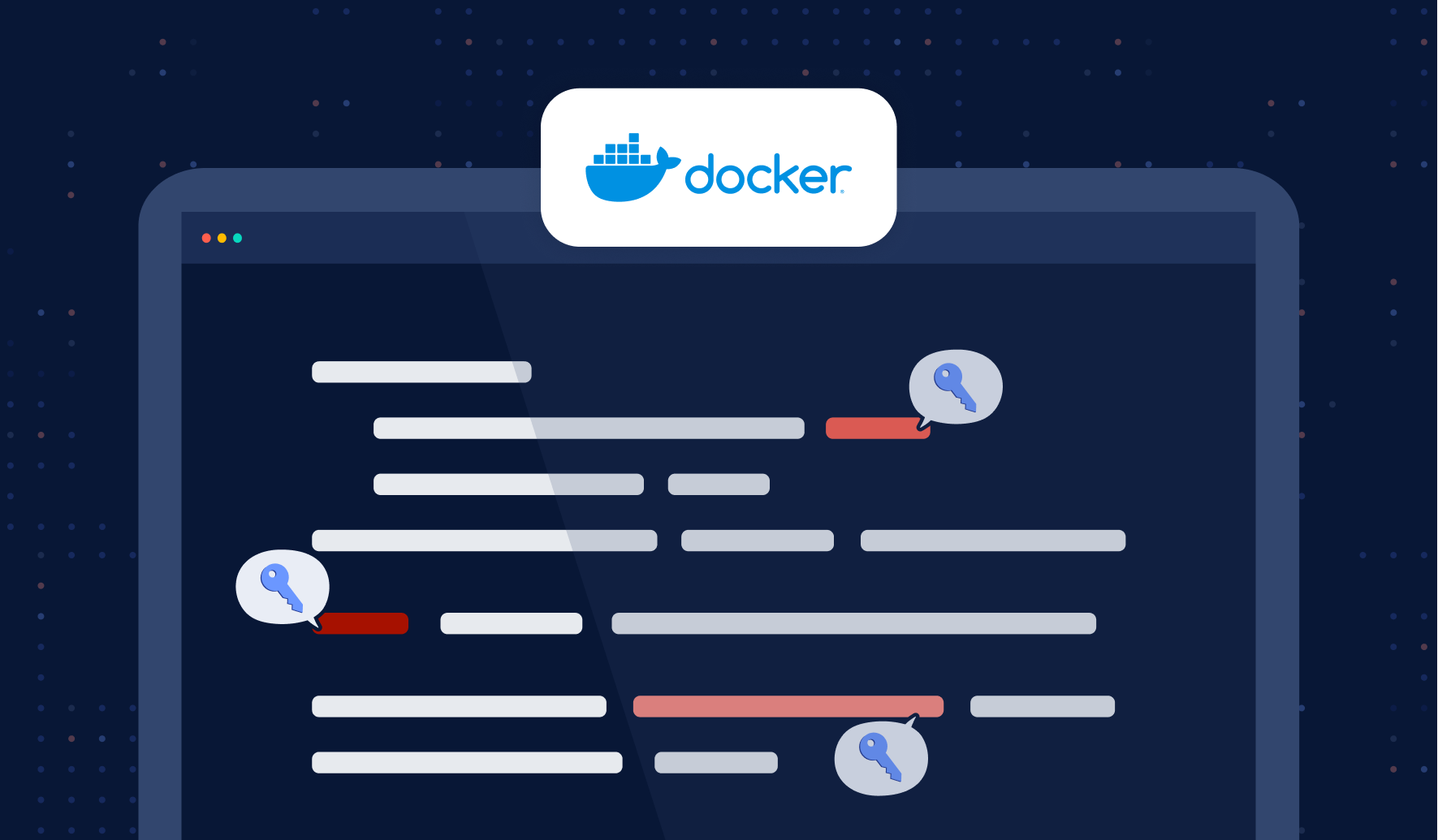


Article link: name or service not known docker.
Learn more about the topic name or service not known docker.
- Docker compose – Name or service not known when calling …
- Name or service not known error when running image as a …
- host.docker.internal: name or service not known – You.com
- Docker Machine — moby: Name or service not known – Medium
- Docker: error could not translate host name to address: Name …
- Can’t connect to other containers inside docker network
- Listing Docker Containers – Baeldung
- How to Fix and Debug Docker Containers Like a Superhero
- How to create custom docker images – Webdock.io
- Docker Rename container from the command line and GUI
- Communicating With Docker Containers on the Same Machine
- getaddrinfo failed: Name or service not known in-docker
See more: https://nhanvietluanvan.com/luat-hoc/